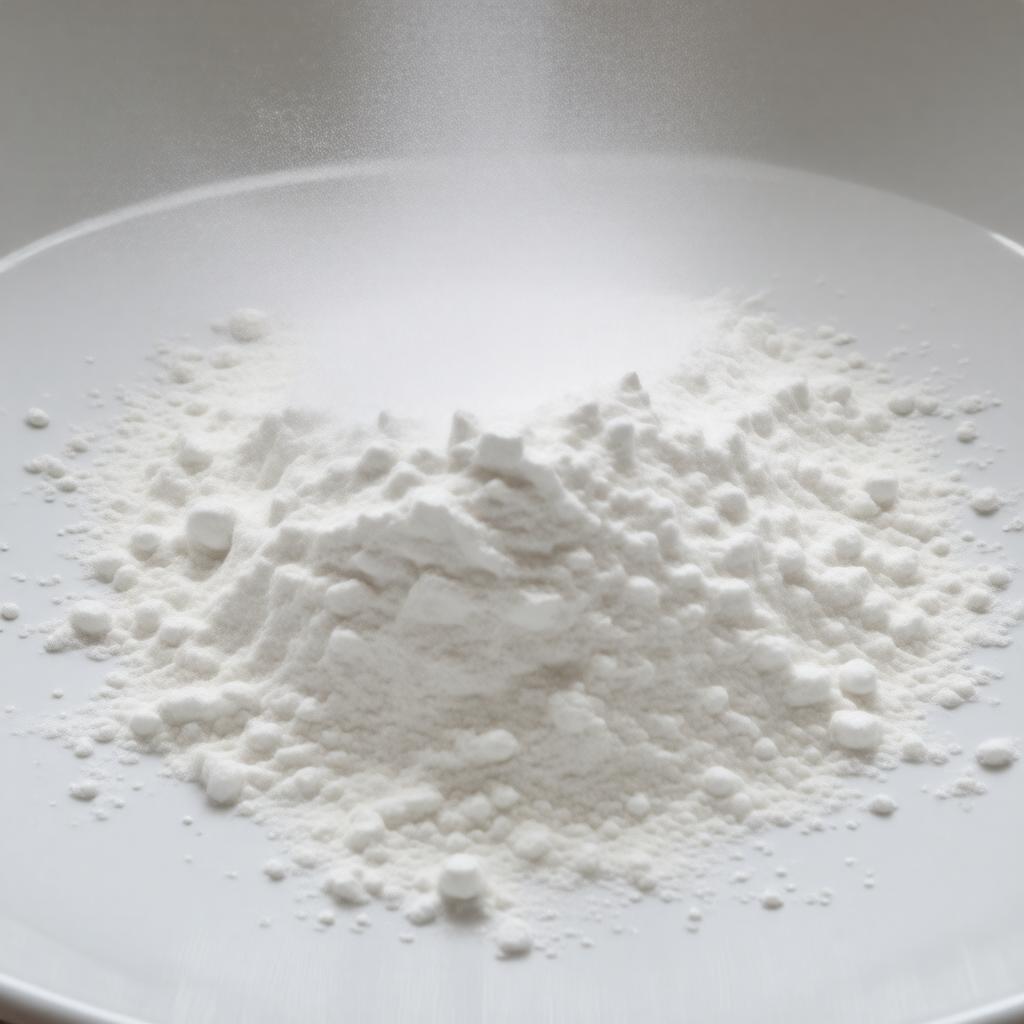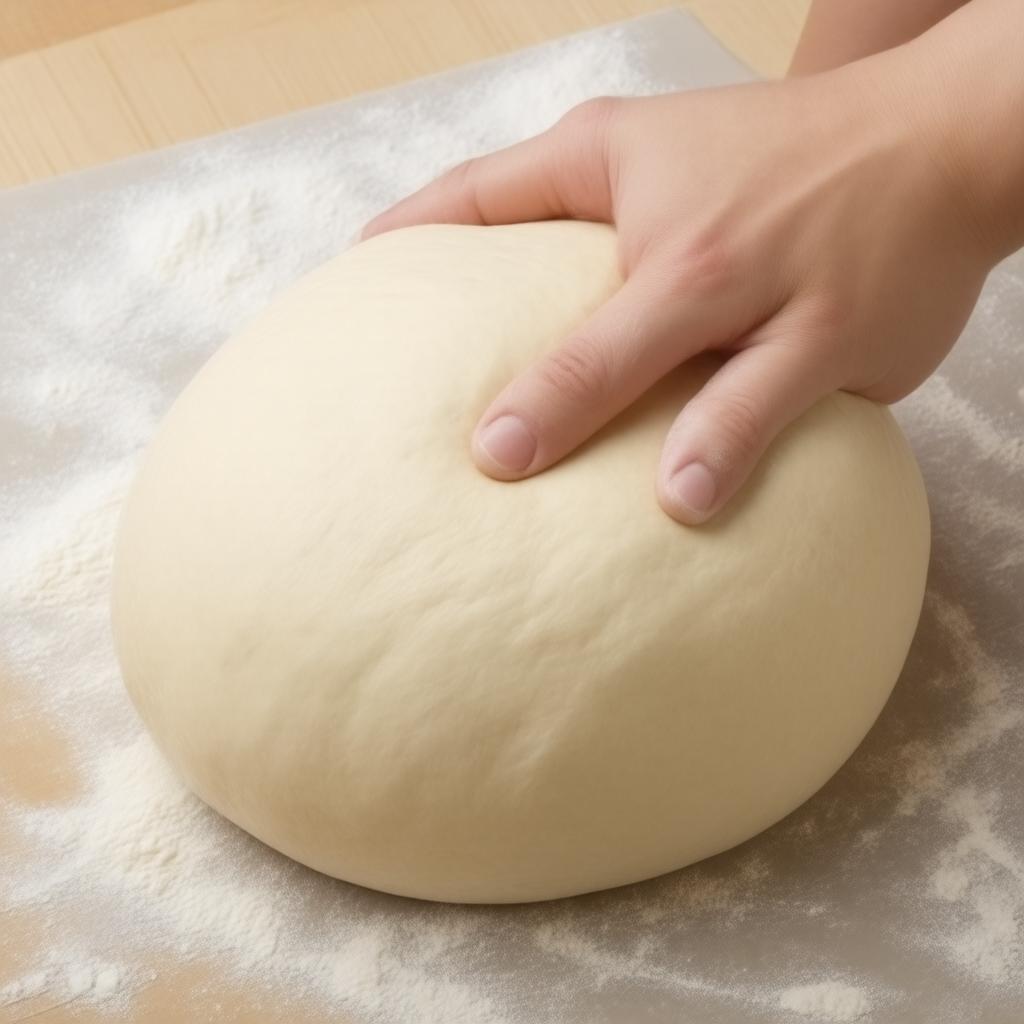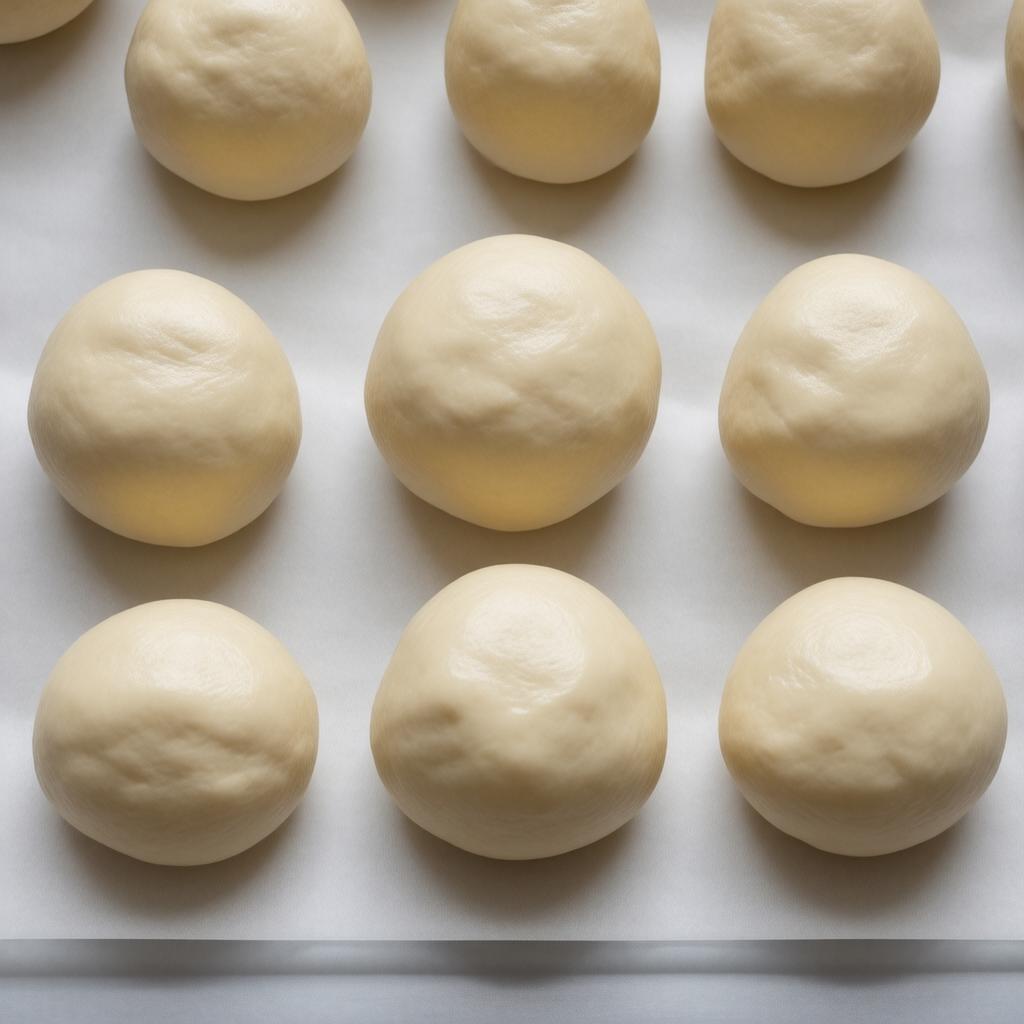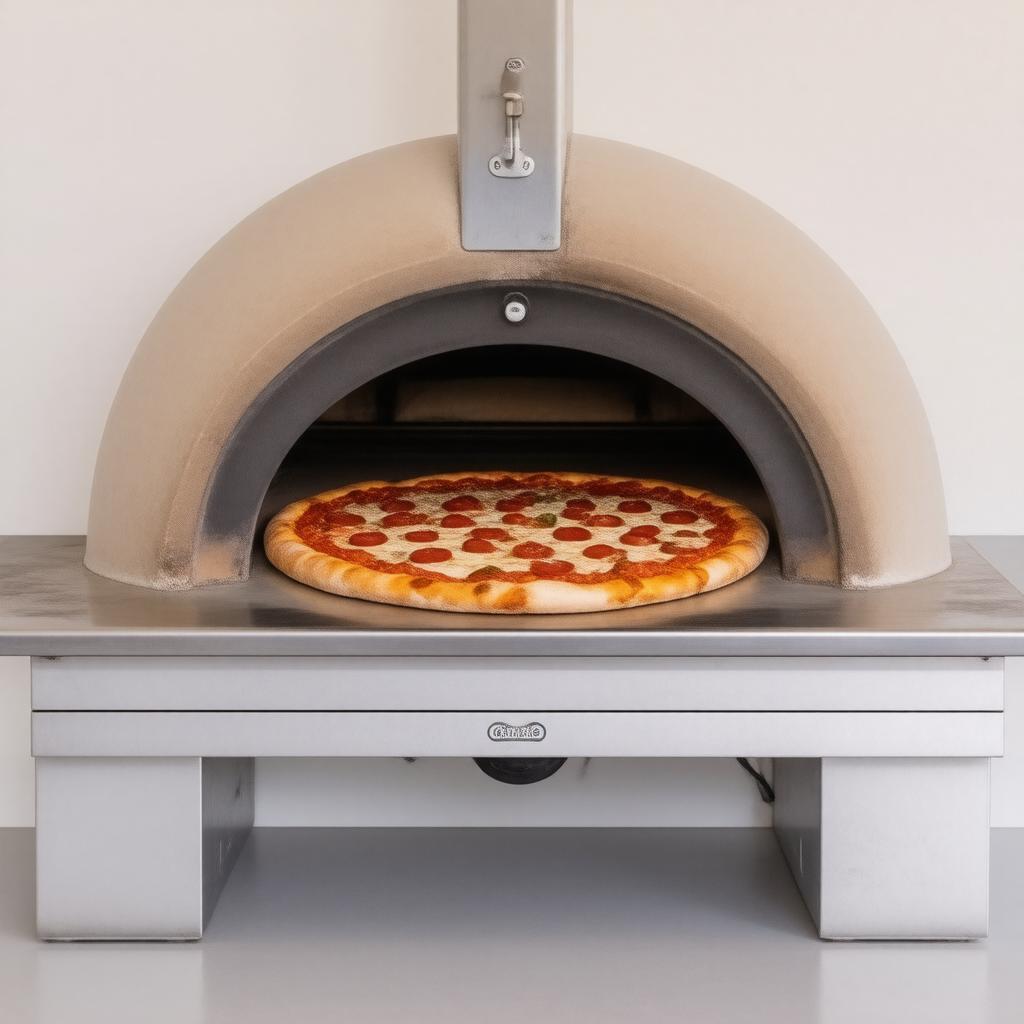The Art of Making the Perfect Pizza Dough: A Beginner's Guide
Making pizza at home can be a rewarding experience, especially when you craft the dough from scratch. It's more than just mixing flour and water; it's about understanding the interplay of ingredients and techniques to create a canvas for your culinary masterpiece. This guide will unlock the secrets to crafting a delicious and airy pizza dough, perfect for your next homemade pizza night.

The Foundation: Ingredients and Tools
Before you embark on this dough-making journey, gather your essential ingredients and tools:
- Flour: High-quality bread flour (or "strong flour") with a high protein content (12-14%) is crucial for developing gluten, the protein that gives pizza dough its elasticity and structure. All-purpose flour can be used, but the result might be a slightly less chewy crust.
- Yeast: Active dry yeast or instant yeast will work. Instant yeast can be added directly to the dry ingredients, while active dry yeast needs to be proofed (activated) in warm water before use.
- Water: Water temperature is vital for yeast activity. Aim for lukewarm water, around 105-115°F (40-46°C). Too hot, and you'll kill the yeast; too cold, and it won't activate properly.
- Salt: Salt is essential for flavor and also controls yeast activity.
- Olive Oil (Optional): Adds flavor and improves the dough's texture.
- Sugar (Optional): A small amount of sugar can help kickstart yeast activity.
Tools:
- Large Mixing Bowl: For combining the ingredients.
- Measuring Cups and Spoons: Accuracy is important in baking.
- Kitchen Scale (Recommended): Measuring ingredients by weight yields more consistent results.
- Dough Scraper or Spatula: For mixing and handling the dough.
- Plastic Wrap or a Damp Kitchen Towel: For covering the dough during rising.
The Process: Kneading, Rising, and Shaping

-
Mixing: In your large mixing bowl, combine the dry ingredients (flour, yeast, salt, and optional sugar). If using active dry yeast, proof it in the warm water with a pinch of sugar for about 5-10 minutes until foamy. Add the wet ingredients (water, olive oil) to the dry ingredients and mix until a shaggy dough forms.
-
Kneading: Turn the dough out onto a lightly floured surface and knead for 8-10 minutes. Kneading develops the gluten, resulting in a smooth and elastic dough. The dough should be slightly tacky but not sticky. If it's too sticky, add a little more flour, a tablespoon at a time. If it's too dry, add a teaspoon of water at a time.
-
First Rise (Bulk Fermentation): Place the kneaded dough in a lightly oiled bowl, turning to coat. Cover the bowl with plastic wrap or a damp kitchen towel and let it rise in a warm place for 1-2 hours, or until doubled in size.
-
Dividing and Shaping: Punch down the risen dough to release the air. Divide the dough into equal portions, depending on the size of pizzas you want. Shape each portion into a ball by tucking the edges underneath and pinching the seam closed.
-
Second Rise (Proofing): Place the dough balls on a lightly floured surface or baking sheet, cover, and let them rise for another 30-60 minutes. This allows the gluten to relax and the dough to become more airy.

Baking Your Pizza: From Dough to Deliciousness

Once your dough has proofed, it's time to bake! Preheat your oven to its highest setting (ideally 500°F or higher) with a pizza stone or baking sheet inside.
-
Stretching the Dough: Gently stretch each dough ball into your desired pizza shape using your hands. Avoid using a rolling pin, as it can compress the dough and remove air bubbles.
-
Adding Toppings: Transfer the stretched dough to a piece of parchment paper. Add your favorite sauce, cheese, and toppings.
-
Baking: Carefully slide the pizza (with the parchment paper) onto the preheated pizza stone or baking sheet. Bake for 8-12 minutes, or until the crust is golden brown and the cheese is melted and bubbly.
Tips for Pizza Perfection
- Experiment with flour: Try using different types of flour, like whole wheat or rye, for a unique flavor and texture.
- Use a pizza peel: A pizza peel makes transferring the pizza to and from the oven much easier.
- Don't overload with toppings: Too many toppings can make the crust soggy.
- Check your oven's hot spots: Rotate the pizza during baking for even cooking.
- Learn more about different pizza styles and expand your pizza repertoire!
Conclusion: Enjoy Your Homemade Creation!
Making pizza dough from scratch might seem daunting at first, but with practice and patience, you'll be rewarded with a delicious and satisfying experience. The aroma of freshly baked pizza filling your kitchen, the satisfying chew of the crust, and the joy of sharing your creation with loved ones – that's the magic of homemade pizza. So, gather your ingredients, roll up your sleeves, and embrace the art of making the perfect pizza dough. Happy baking!